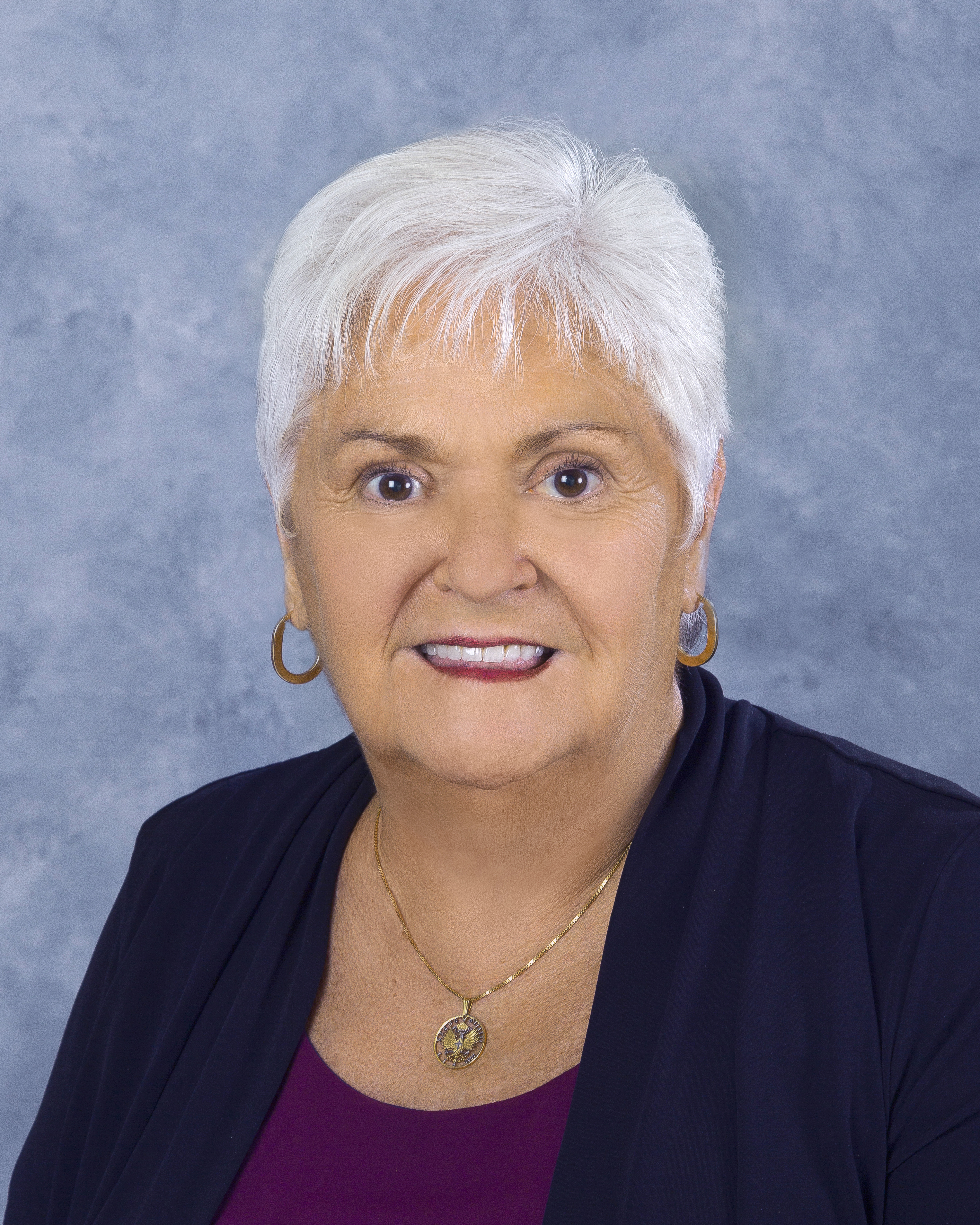 Ms. Darlene Ferrante served with great distinction as Human Resources Customer Account Manager for DLA Distribution from August 2004 to April 2020. The Human Resources innovations implemented by Ms. Ferrante enable DLA Distribution to optimize its global distribution system.
Ms. Darlene Ferrante served with great distinction as Human Resources Customer Account Manager for DLA Distribution from August 2004 to April 2020. The Human Resources innovations implemented by Ms. Ferrante enable DLA Distribution to optimize its global distribution system.
Her work provided and sustained DLA Distribution’s greatest resource--its people. She created a significant and lasting impact on the organization and the Warfighters that Distribution supports. The people she brought to Distribution increased logistics excellence and
maximized warfighting capability and efficiency.
Because of Ms. Ferrante, DLA Distribution has a legacy of innovation, improvement, and dedication to people. The outstanding leadership displayed by Ms. Ferrante reflects great credit upon herself, the Defense Logistics Agency, and the Department of Defense.
Read more about Ms. Ferrante's accomplishments.
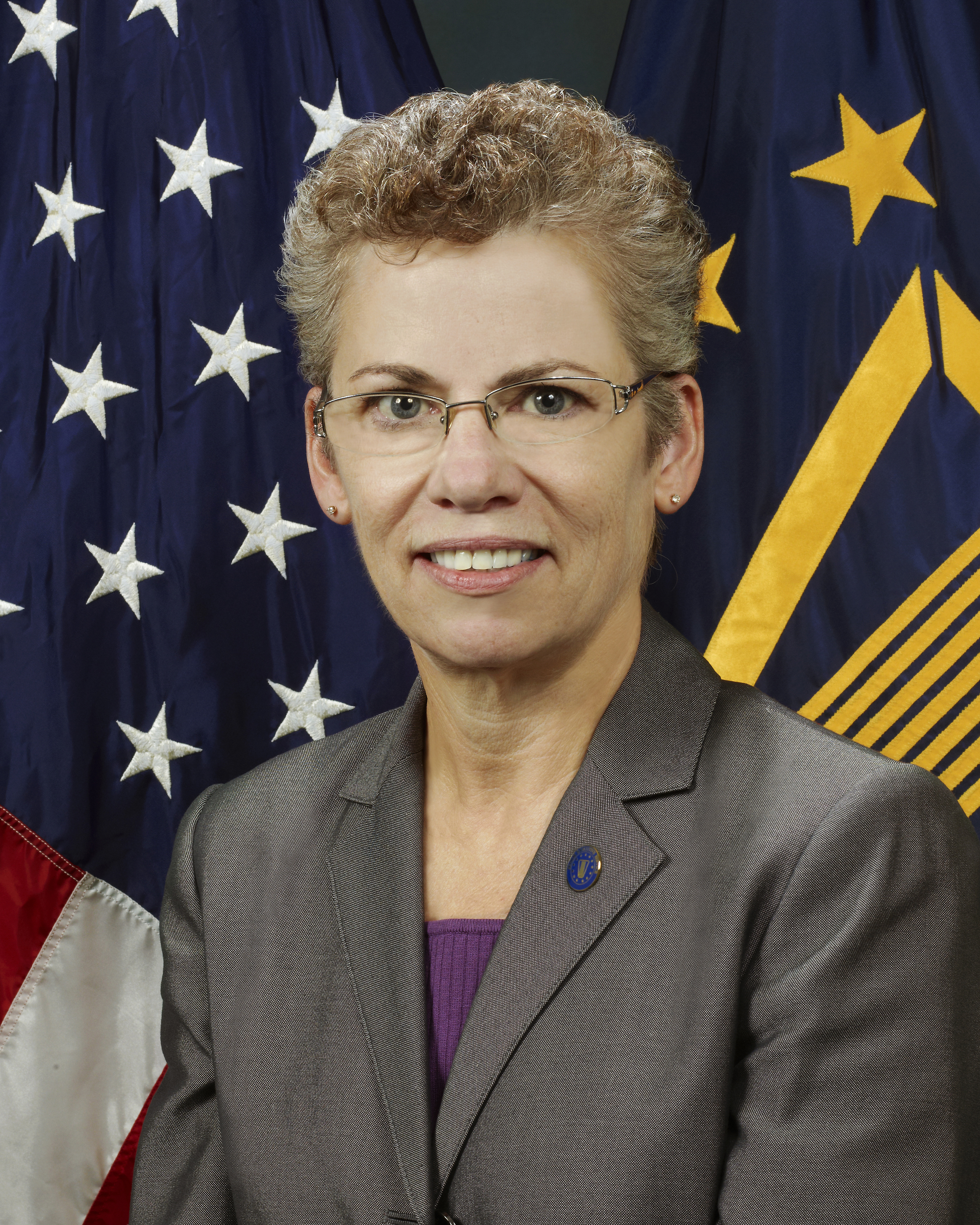
Ms. Twila Gonzales distinguished herself through unsurpassed and noticeably distinguished service as the Deputy Commander, DLA Distribution from December 2013 through April 2020. Her accomplishments were indicative of her sense of selfless service, focus on people, and the mission.
Ms. Gonzales applied her many years of DLA leadership experience and her extensive knowledge of storage and distribution concepts, practices, and principles to successfully establish a progressive vision and growth strategy for DLA Distribution. Her efforts helped shape the path of logistics throughout her tenure and into the future. She was the driving force behind many innovative yet challenging transformations, ensuring the most modem, efficient logistical support to the Warfighter.
Her outstanding dedication resulted in greater standards of service for DLA Distribution, the Agency, and the customers supported. Ms. Gonzales put people first and implemented initiatives to forever improve leadership development within the organization. Ms. Gonzales' dedication to the organization's mission and its employees reflects great credit upon herself, the Defense Logistics Agency, and the Department of Defense.
Read more about Twila Gonzales' accomplishments.
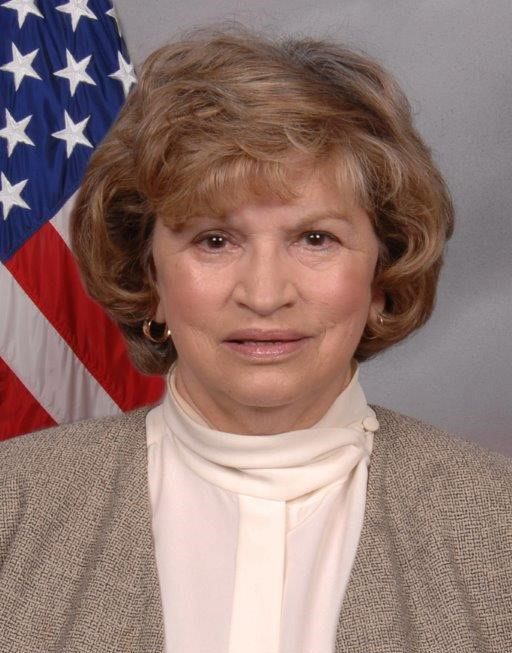
Carol O'Leary distinguished herself as a trusted financial advisor, a dedicated mentor and an
exemplary leader while serving as the DLA Finance for Energy Director, Defense Logistics Agency Energy.
From July 1973 through January 2014, Ms. O'Leary exhibited the highest level of professionalism, unwavering integrity, and dedication while advocating for new and more efficient ways for the command to support the warfighter. She had an unrelenting commitment to mission success and understood that a well-trained, resilient, and dedicated workforce was the best way to provide uninterrupted energy support to every customer.
Ms. O'Leary's distinctive accomplishments and many significant contributions reflect great credit upon herself, the Defense Logistics Agency, and the Department of Defense.
Read more about Carol O' Leary's accomplishments.
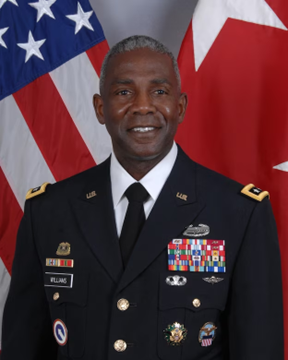 Lieutenant General Darrell K. Williams, USA (Ret. ), is a deserving selectee to the Defense Logistics Agency (DLA) Hall of Fame. As the DLA Director, General Williams' vision and leadership were instrumental in the Agency's extraordinary growth during a period of
Lieutenant General Darrell K. Williams, USA (Ret. ), is a deserving selectee to the Defense Logistics Agency (DLA) Hall of Fame. As the DLA Director, General Williams' vision and leadership were instrumental in the Agency's extraordinary growth during a period of
unprecedented challenges.
His tour began with responses to three consecutive hurricanes, with DLA providing 2.7 million gallons of fuel and over 88 million meals. Near the end of his tour, General Williams led the Agency through the initial stages of the COVID-19 response, resulting in more than $833 million in obligations for medical equipment, personal protective equipment, pharmaceuticals, fuel, and more. On other fronts, General Williams pushed for innovations like the Service Readiness Dashboard, and he oversaw the development of the Agency Synchronization Operations Center.
Under his leadership, DLA saw progress in Warfighter and Whole of Government support, industry engagement, and workforce culture. As the Commander, DLA Land and Maritime, General Williams' steady, positive leadership resulted in exceptional customer support and the highest levels of weapon system readiness across the board for Agency customers.
It is in that spirit that we gladly welcome him into this year's DLA Hall of Fame class.
Read more about LTG Williams' accomplishments.
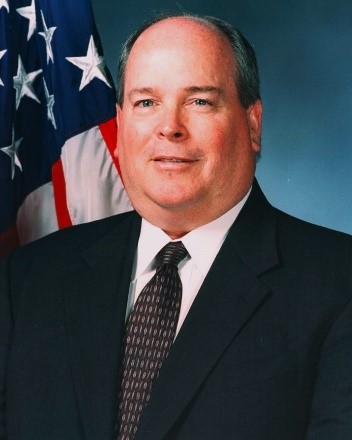 Mr. Kenneth Winslette is a contracting legend. Warfighter first mentality, selfless service, leader, mentor, collaborator and creative thinker are just a few attributes that describe his impact to not only the Defense Logistics Agency, but the Department of Defense mission. He has over 36 years of Federal Government acquisition experience, with the last eight being served with DLA. He played a key role in the Base Realignment and Closure 2005 realignment of service employees to DLA and earned the positions of Director of Defense Logistics Agency, Depot Level Repairable, Procurement Operations at Warner Robins Air Force Base, Georgia and
Mr. Kenneth Winslette is a contracting legend. Warfighter first mentality, selfless service, leader, mentor, collaborator and creative thinker are just a few attributes that describe his impact to not only the Defense Logistics Agency, but the Department of Defense mission. He has over 36 years of Federal Government acquisition experience, with the last eight being served with DLA. He played a key role in the Base Realignment and Closure 2005 realignment of service employees to DLA and earned the positions of Director of Defense Logistics Agency, Depot Level Repairable, Procurement Operations at Warner Robins Air Force Base, Georgia and
Director Strategic Acquisition Programs, DLA Aviation, Richmond, Virginia.
He established the DLA Aviation team, Strategic Acquisition Directorate, and the Acquisition Support team. He is a proven leader with contracting experience at the operational, weapon system sustainment, and major acquisition levels with twenty-two years as a warranted contracting officer in a variety of positions from a procuring contracting officer to a director of contracting operations.
Mr. Winslette’s imprint on the workforce is reflected by the vast number of senior leaders
mentored by him now holding key positions within DLA leadership. The distinctive
accomplishments of Mr. Winslette reflect great credit upon himself, the Defense Logistics
Agency, and the Department of Defense.
Read more about Kenneth Winslette's accomplishments.